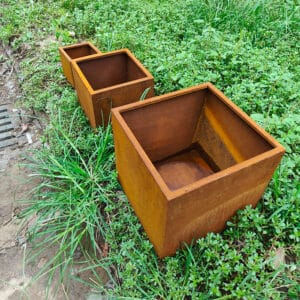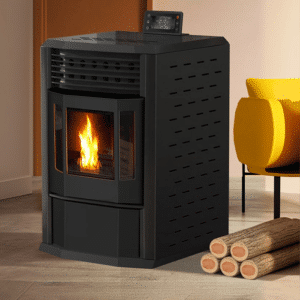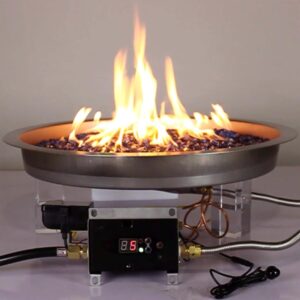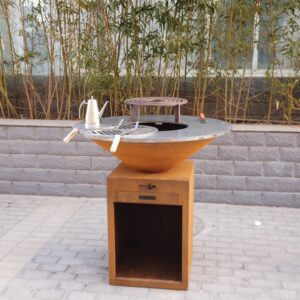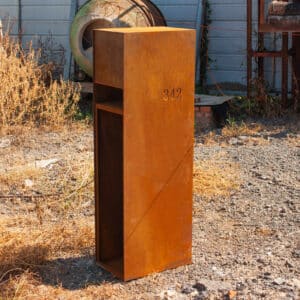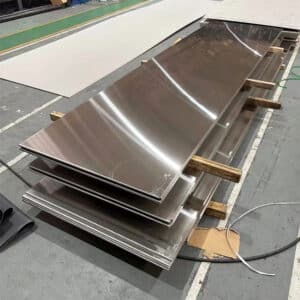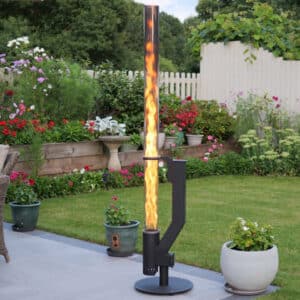Differences Between 304 and 316 Stainless Steel: Pipes and Sheets
In the stainless steel industry, 304 and 316 stainless steel are two of the most commonly used materials. They are widely applied in industries such as construction, food processing, and chemical engineering. Although they may appear similar, they differ significantly in composition, performance, and application. This article provides a detailed comparison of 304 and 316 stainless steel pipes and sheets, their advantages, and common specifications.
304 vs. 316 Stainless Steel Pipes

Overview of 304 Stainless Steel Pipes
304 stainless steel is one of the most widely used stainless steel materials. It consists of 18% chromium (Cr) and 8% nickel (Ni), belonging to the austenitic stainless steel family.
Advantages of 304 Stainless Steel Pipes
- مقاومة التآكل: 304 stainless steel provides excellent corrosion resistance in most environments, especially in dry and moderately humid conditions.
- Excellent Machinability: It is easy to weld, cut, and shape, making it suitable for various manufacturing processes.
- فعالة من حيث التكلفة: Compared to 316 stainless steel, 304 is more affordable, making it a high-value choice.
- Food-Grade Safety: It meets hygiene standards, making it widely used in food processing and medical equipment.
Applications of 304 Stainless Steel Pipes
- Food and beverage processing industry
- Architectural decoration (railings, handrails)
- Chemical equipment
- Piping systems
- Household kitchenware and medical instruments

Overview of 316 Stainless Steel Pipes
316 stainless steel is an upgraded version of 304, containing an additional 2%-3% molybdenum (Mo) to enhance its corrosion resistance, particularly in marine and chemical environments.
Advantages of 316 Stainless Steel Pipes
- Superior Corrosion Resistance: The addition of molybdenum makes it more resistant to acidic, saline, and high-temperature environments.
- Higher Heat Resistance: It remains stable at high temperatures, making it suitable for high-temperature applications.
- Better Oxidation Resistance: It performs better in harsh conditions compared to 304 stainless steel.
- Biocompatibility: Due to its high corrosion resistance, 316 stainless steel is suitable for medical implants.
Applications of 316 Stainless Steel Pipes
- Marine engineering (shipbuilding, seawater pipelines)
- Chemical and pharmaceutical industries
- Oil and gas industry
- Medical devices
- High-temperature industrial environments
Key Differences Between 304 and 316 Stainless Steel Pipes
| الميزة | 304 Stainless Steel | 316 Stainless Steel |
|---|---|---|
| التركيب الكيميائي | 18% Cr, 8% Ni | 16% Cr, 10% Ni, 2%-3% Mo |
| مقاومة التآكل | Suitable for normal environments | Suitable for highly corrosive environments |
| Cost | More affordable | More expensive |
| التطبيقات | Construction, food processing | Chemical, marine, high-temperature environments |
Common Specifications of 304 and 316 Stainless Steel Pipes
Stainless steel pipes are typically classified by outer diameter (OD), wall thickness (WT), and length (L). Common specifications include:
| Outer Diameter (OD) | Wall Thickness (WT) | Length (L) |
| 12.7mm-219.1mm | 0.5mm-10mm | 6m/12m or customized |
| 1/4″-8″ | SCH 5S, 10S, 40S, 80S | Custom length |
Stainless steel pipes are also categorized by manufacturing process into seamless pipes and welded pipes, each suited for different applications.
304 vs. 316 Stainless Steel Sheets

Overview of 304 Stainless Steel Sheets
304 stainless steel sheets are widely used for their durability, corrosion resistance, and ease of fabrication. They are commonly available in different finishes such as 2B, brushed, and mirror finish.
Advantages of 304 Stainless Steel Sheets
- Excellent Weldability: 304 sheets can be easily welded and formed into various shapes.
- مقاومة التآكل: Suitable for most indoor and outdoor applications.
- الجاذبية الجمالية: Available in polished and brushed finishes for decorative purposes.
- تطبيقات متعددة الاستخدامات: Used in appliances, kitchen backsplashes, and food industry equipment.
Applications of 304 Stainless Steel Sheets
- Kitchen countertops and appliances
- Food processing surfaces
- Architectural panels and cladding
- Automotive trim and accessories
- Chemical processing equipment
Overview of 316 Stainless Steel Sheets
316 stainless steel sheets are known for their superior corrosion resistance, especially in saltwater and chemically aggressive environments.
Advantages of 316 Stainless Steel Sheets
- مقاومة التآكل المحسّنة: More resistant to chlorides and acidic environments than 304.
- Greater Strength and Durability: Ideal for harsh and high-stress environments.
- Marine-Grade Performance: Suitable for shipbuilding and coastal architecture.
- High-Temperature Resistance: Performs well in high-temperature applications.
Applications of 316 Stainless Steel Sheets
- Marine and offshore structures
- Chemical processing plants
- Pharmaceutical and medical equipment
- High-end architectural projects
- Heat exchangers and industrial equipment
Key Differences Between 304 and 316 Stainless Steel Sheets
| الميزة | 304 Stainless Steel Sheet | 316 Stainless Steel Sheet |
| مقاومة التآكل | Good for general use | Excellent for harsh environments |
| Strength | Standard strength | Higher tensile strength |
| Cost | More affordable | More expensive |
| التطبيقات | Kitchen, architecture, industry | Marine, chemical, medical, high-temperature environments |
Common Specifications of 304 and 316 Stainless Steel Sheets
Stainless steel sheets are commonly classified by thickness, width, and length. Standard specifications include:
| السُمك | العرض | الطول |
| 0.5mm-50mm | 1000mm-2000mm | 2000mm-6000mm |
| 26 gauge – 3/8 inch | 36 inches – 72 inches | Custom sizes available |
Conclusion: How to Choose the Right Stainless Steel Pipe or Sheet?
- If you need a cost-effective solution for general environments, 304 stainless steel pipes and sheets are great choices.
- If your application involves exposure to seawater, chemicals, or high temperatures, 316 stainless steel pipes and sheets offer better durability and performance.
Choosing the right stainless steel material enhances product longevity, reduces maintenance costs, and improves overall efficiency. For specific needs, consult a professional stainless steel supplier to find the best solution for your requirements.

